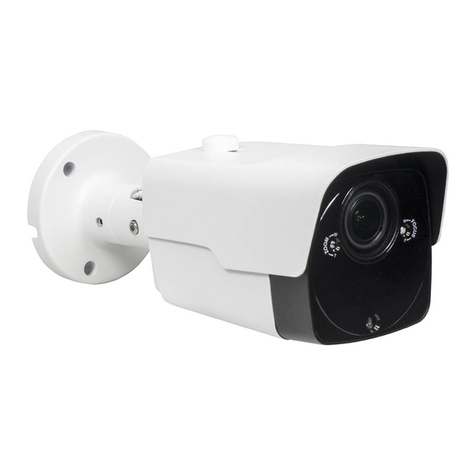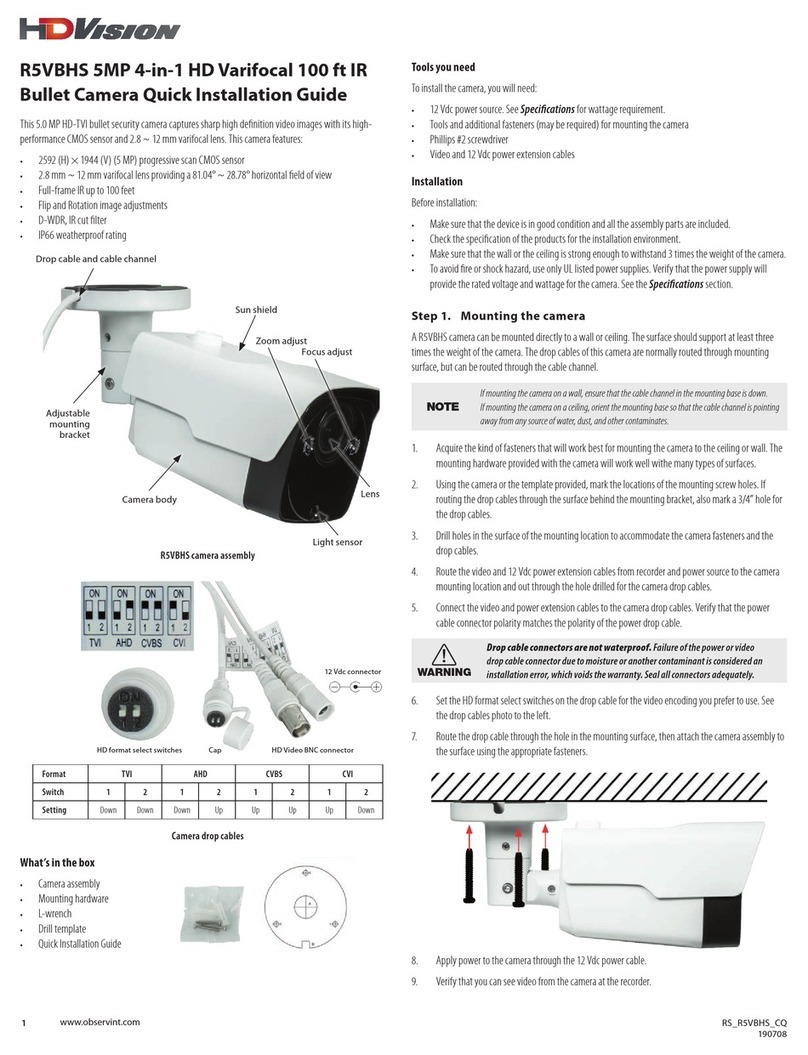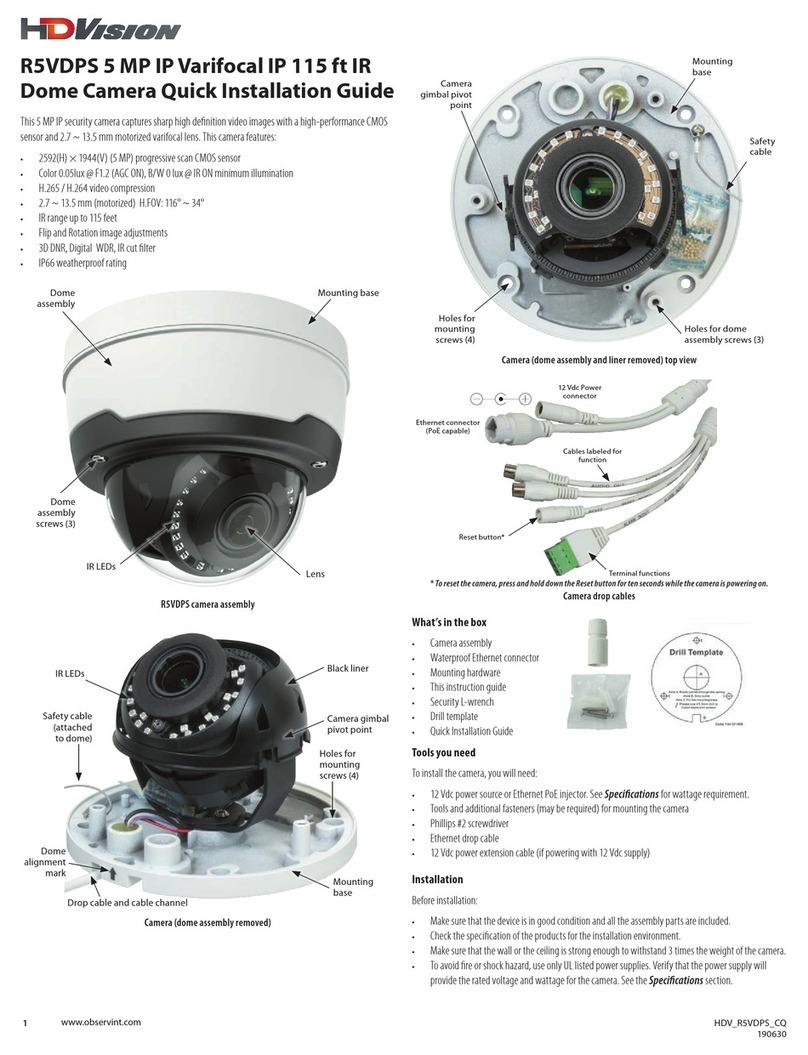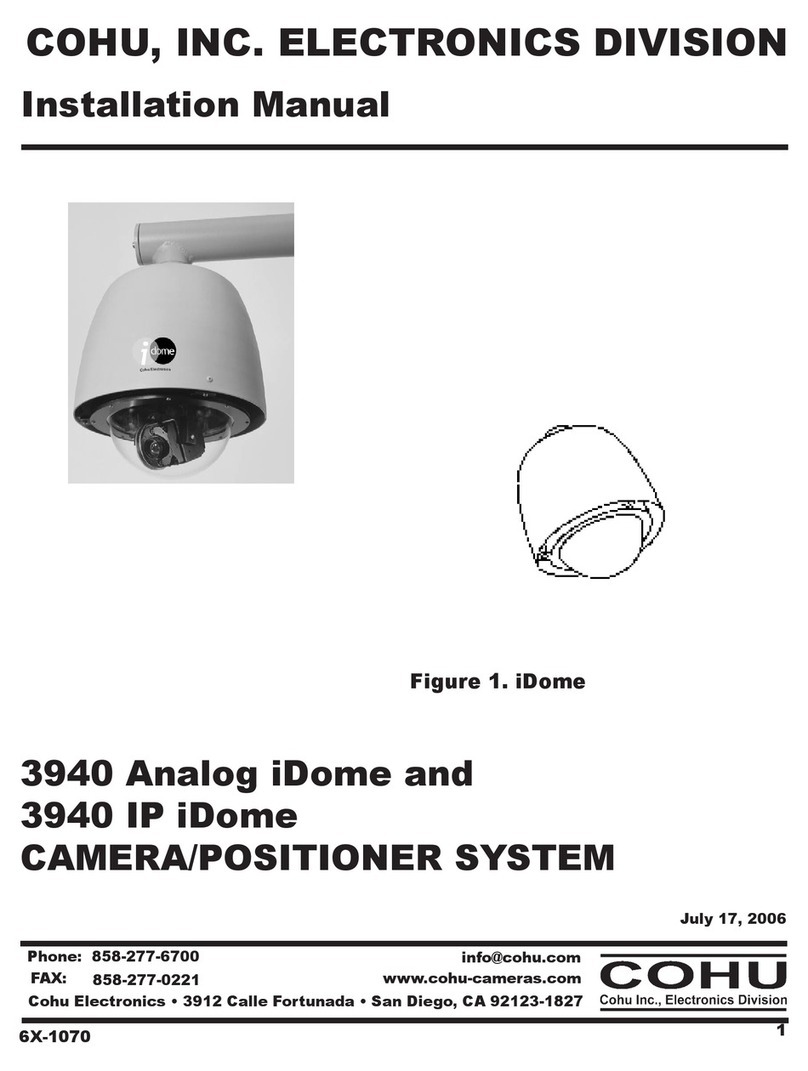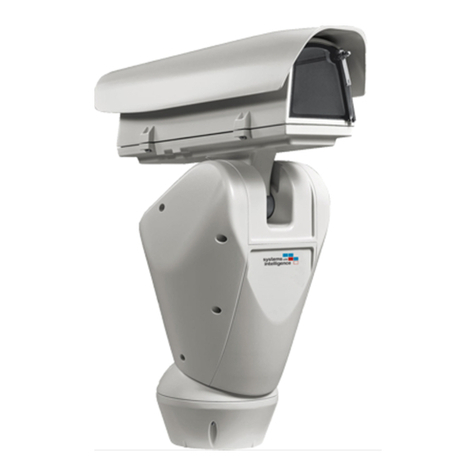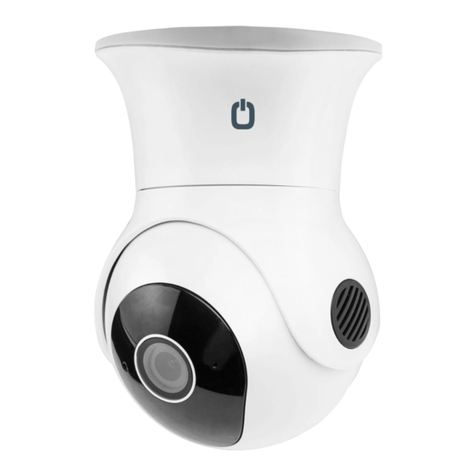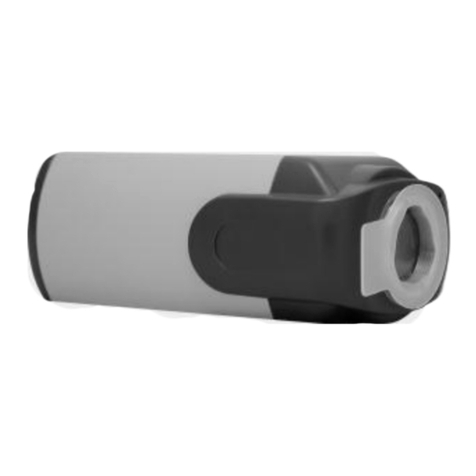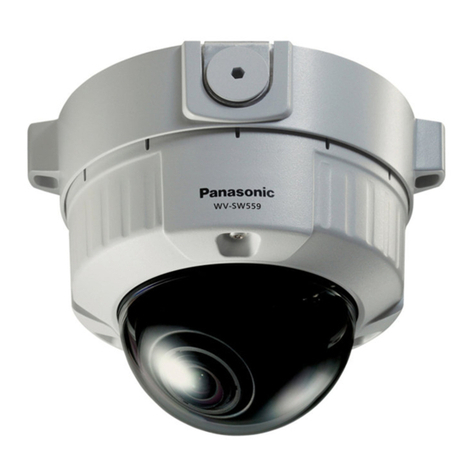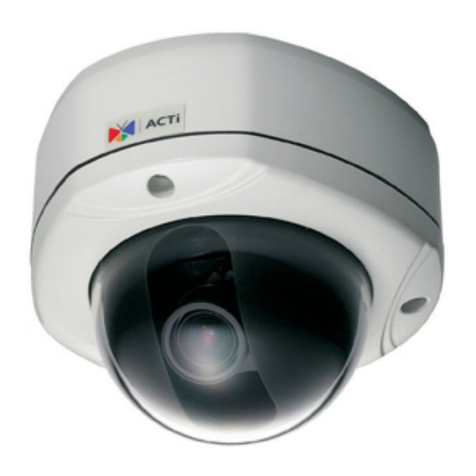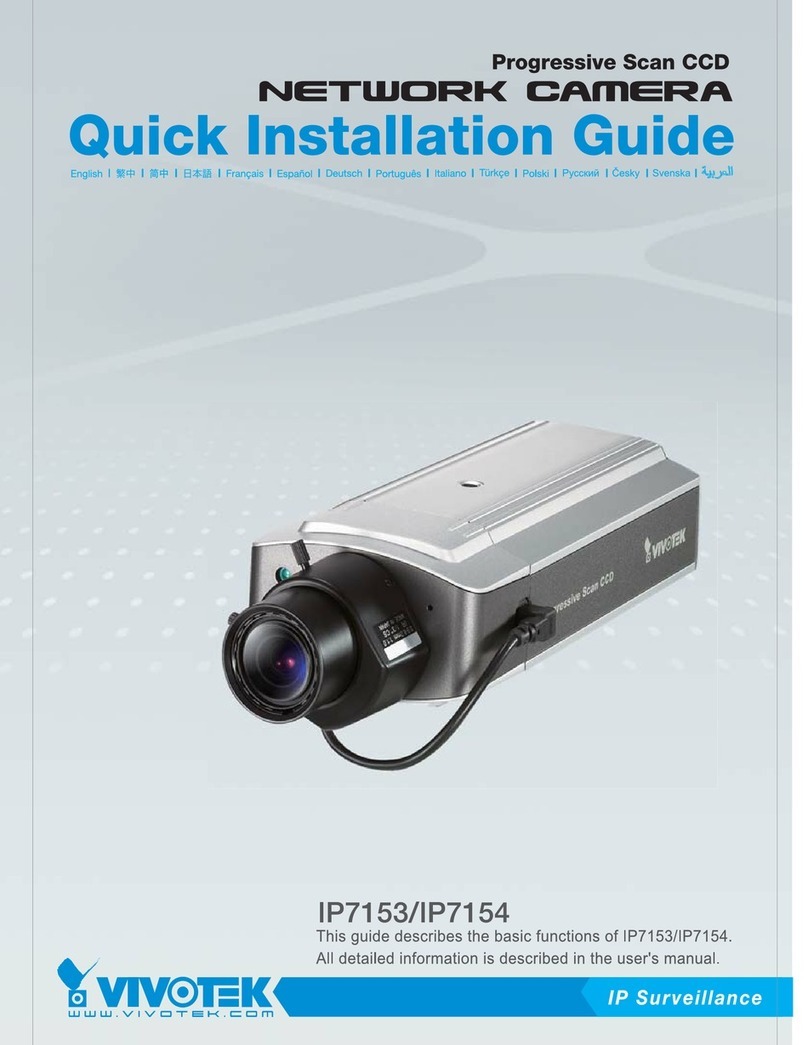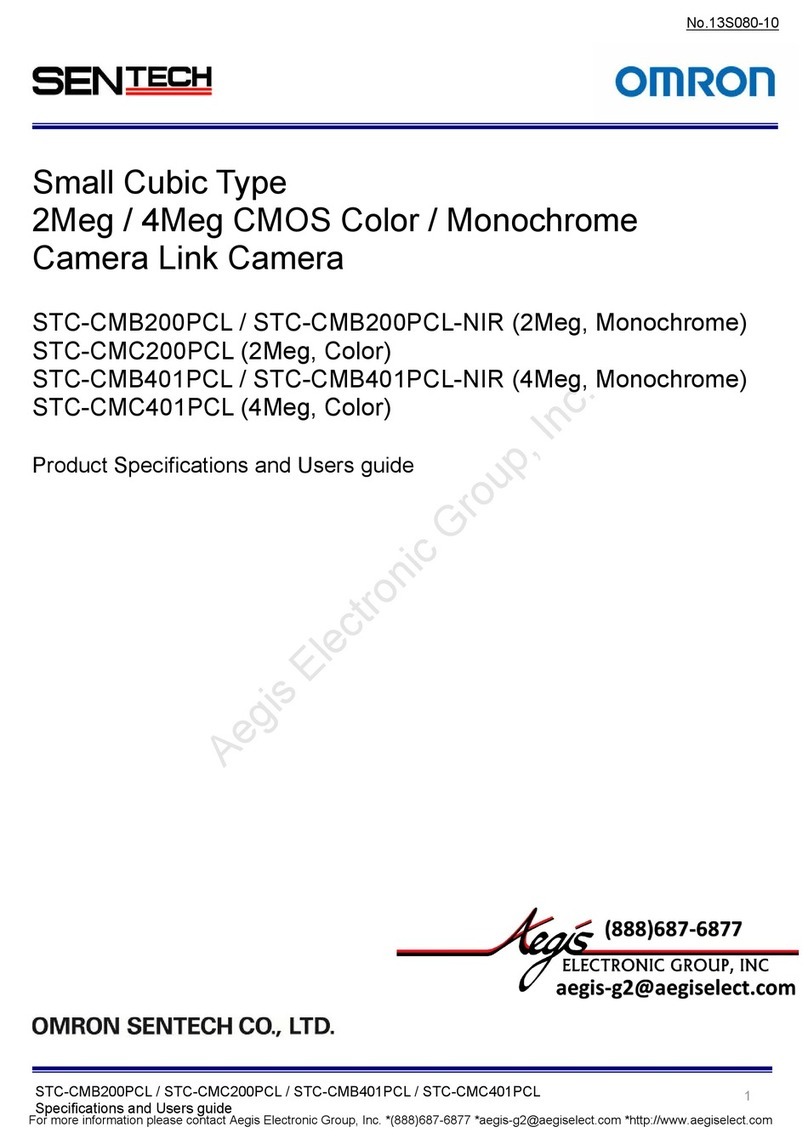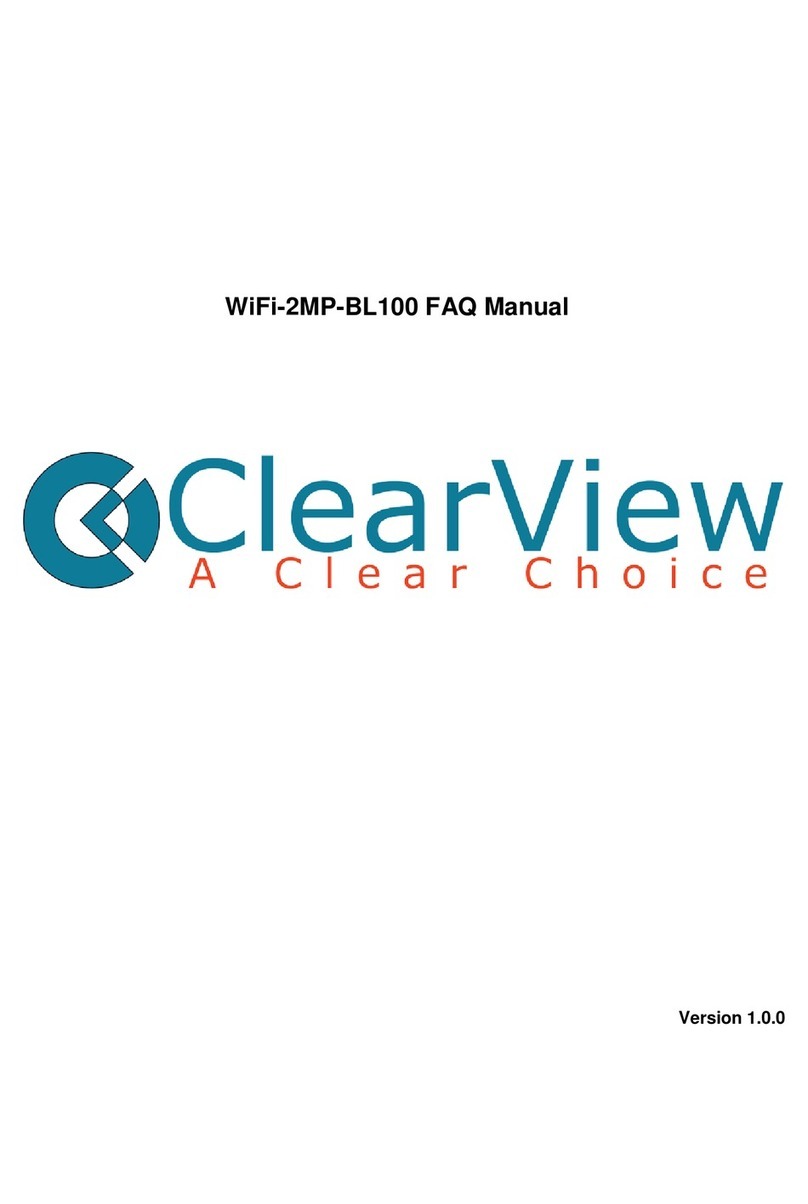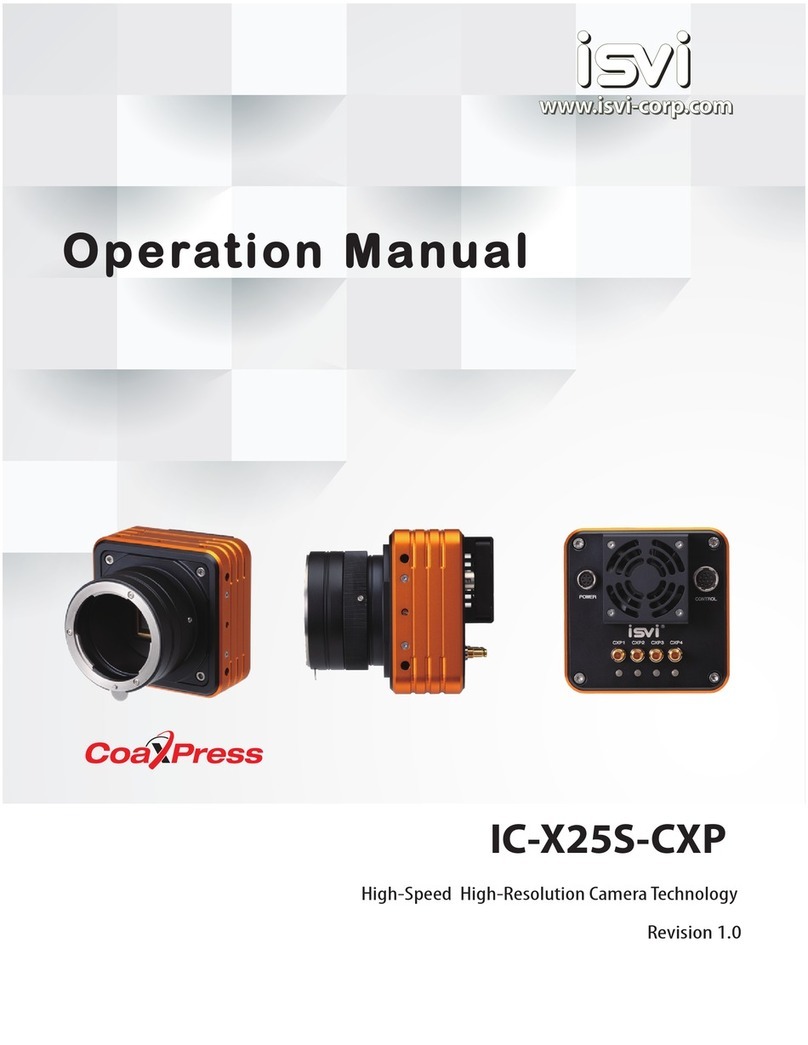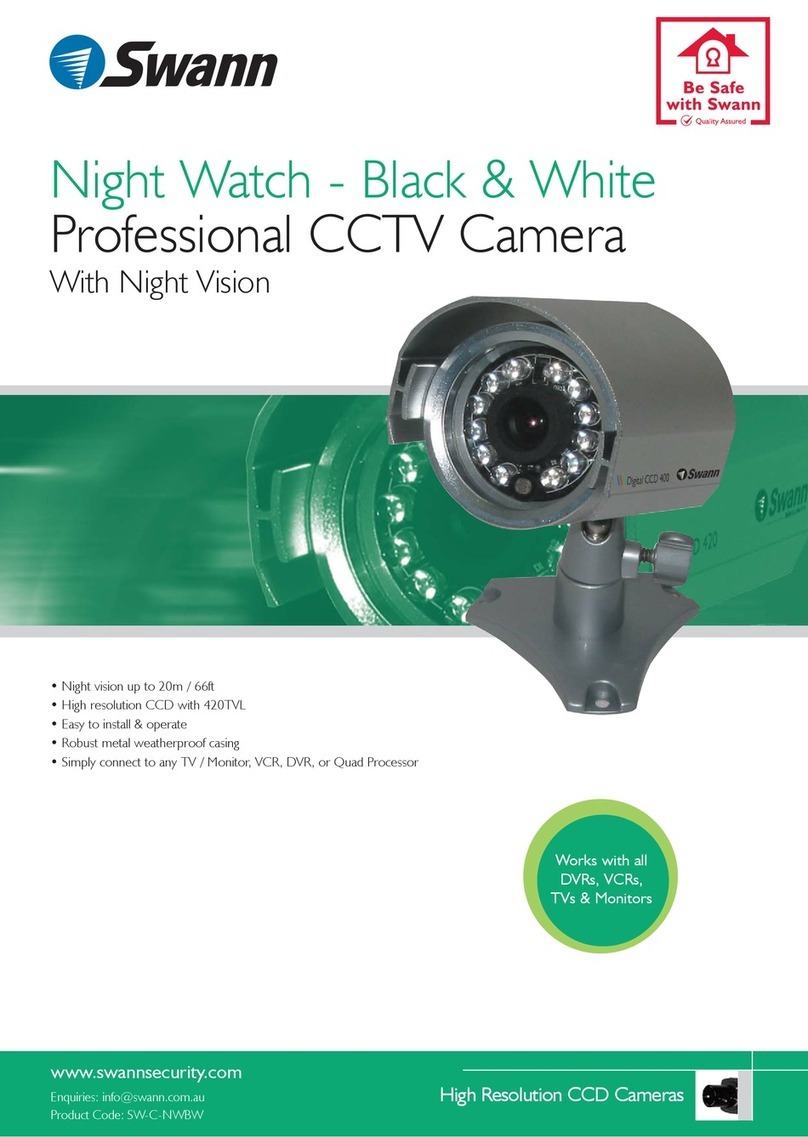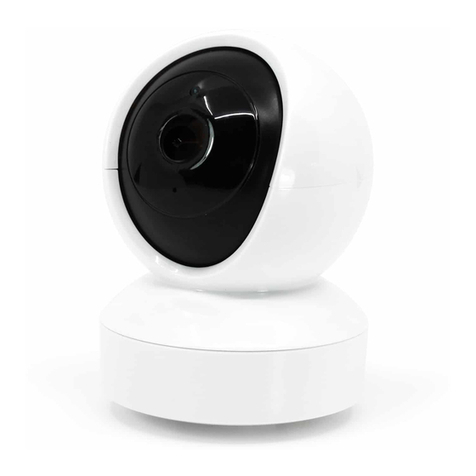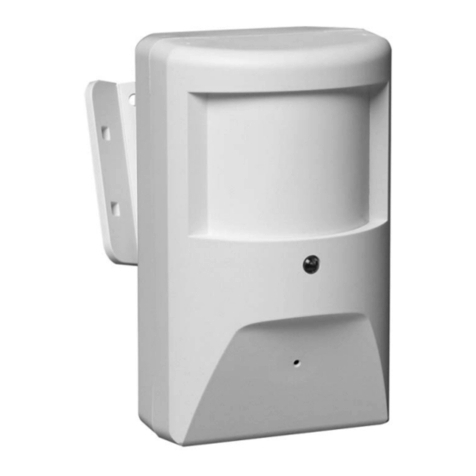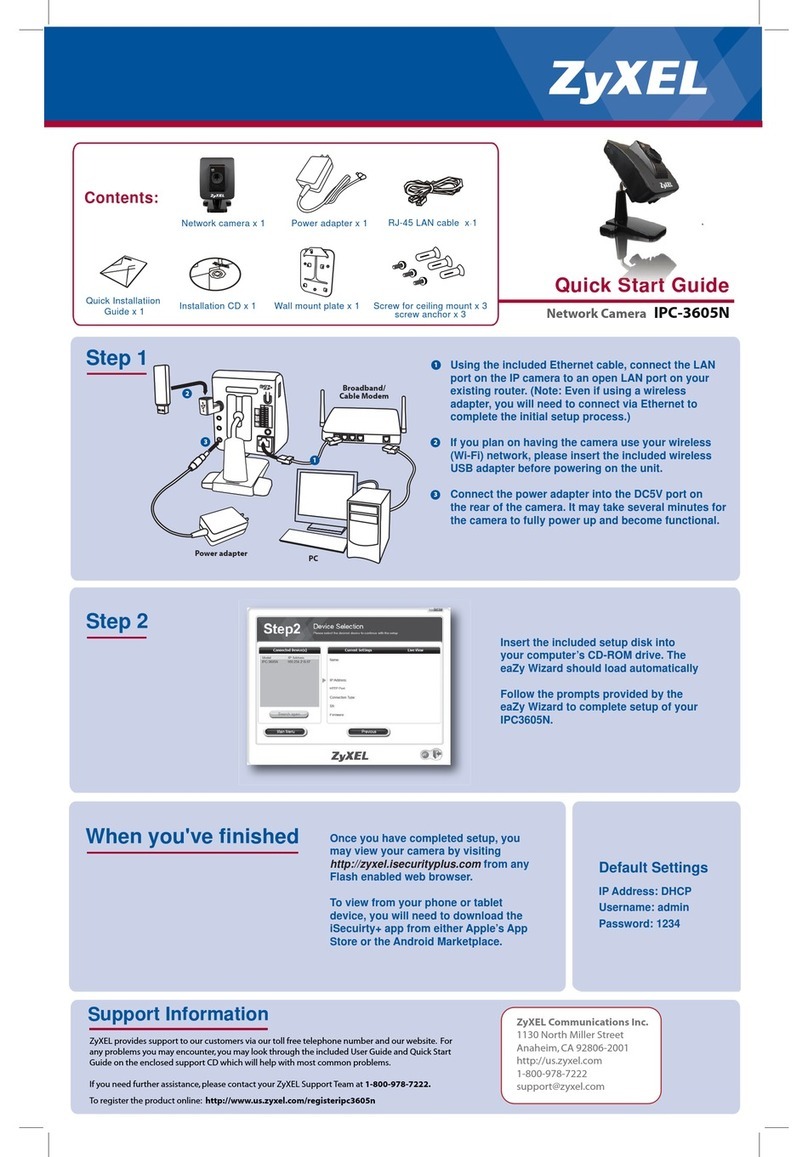HDVision R8VDHS User manual

1www.observint.com HDV_R8VDHS_CQ
190628
Mounting base
Camera
gimbal pivot
point
Safety
cable
Holes for
mounting
screws (4)
Holes for dome
assembly screws (3)
Camera (dome assembly and liner removed) top view
Cap HD Video BNC connector
12 Vdc connector
HD format select switches
Format TVI AHD CVBS CVI
Switch 12121212
Setting Down Down Down Up Up Up Up Down
Camera drop cables
What’s in the box
• Camera assembly
• Mounting hardware
• L-wrench for dome assembly
• Drill template
• Quick Installation Guide
Tools you need
To install the camera, you will need:
• 12 Vdc power source. See Specications for wattage requirement.
• Tools and additional fasteners (may be required) for mounting the camera
• Phillips #2 screwdriver
• Video and 12 Vdc power extension cables
Installation
Before installation:
• Make sure that the device is in good condition and all the assembly parts are included.
• Check the specication of the products for the installation environment.
• Make sure that the wall or the ceiling is strong enough to withstand 3 times the weight of the camera.
R8VDHS 8 MP 4-in-1 HD Varifocal 100 ft IR
Dome Camera Quick Installation Guide
This 8 MP HD-TVI dome security camera captures sharp high denition video images with its high-
performance CMOS sensor and 2.8 ~ 12 mm varifocal lens. This camera features:
• 3840 × 2160 (8 MP) progressive scan CMOS sensor
• 2.8 mm ~ 12 mm varifocal lens providing a 105.94°(W) ~ 29.76°(T) horizontal eld of view
•
Switch selectable
TVI, AHD, CVI or CVBS video signal format (4-in-1)
•
IR range up to 100 feet
•
Flip and Rotation image adjustments
•
D-WDR DIgital Wide Dynamic Range
•
IP66 weatherproof rating
Mounting base
IR LEDs
Dome
assembly
Dome
assembly
screws (3)
Lens
R8VDHS camera assembly
IR LEDs
Mounting
base
Drop cable and cable channel
Camera gimbal
pivot point
Safety cable
(attached
to dome)
Dome
alignment
mark
Black liner
Holes for
mounting
screws (4)
Camera (dome assembly removed)

2www.observint.com
• To avoid re or shock hazard, use only UL listed power supplies. Verify that the power supply will
provide the rated voltage and wattage for the camera. See the Specications section.
Step 1. Mounting the camera
A R8VDHS camera can be mounted directly to a wall or ceiling. The surface should support at least three
times the weight of the camera and junction box (if used). The LAN/power drop cable from the camera can
be routed either through mounting surface or through a cable channel in the mounting base.
1. Remove the dome from the camera by unscrewing the three dome assembly cover captive screws,
and then lifting the dome assembly o. An L-wrench is provided. Note that a safety cable connects
the dome to the mounting base.
Dome
assembly
Dome
assembly
screws (3)
NOTE
If mounting the camera on a wall, ensure that the cable channel in the mounting base is down.
If mounting the camera on a ceiling, orient the mounting base so that the cable channel is pointing
away from any source of water, dust, and other contaminates.
2. Acquire the kind of fasteners that will work best for mounting the camera to the ceiling or wall. The
mounting hardware provided with the camera will work well withe many types of surfaces.
3. Using the camera or the template provided, mark the locations of the mounting screw holes, and a
3/4” hole for the drop cables. Drill holes in the surface of the mounting location to accommodate the
camera fasteners and the drop cables.
4. Route the video and 12 Vdc power extension cables from recorder and power source to the camera
mounting location and out through the hole drilled for the camera drop cables.
5. Connect the video and power extension cables to the camera drop cables. Verify that the 12 Vdc
power cable connector polarity matches the polarity of the power drop cable.
WARNING
!Drop cable connectors are not waterproof. Failure of the power or video
drop cable connector due to moisture or another contaminant is considered an
installation error, which voids the warranty. Seal all connectors adequately.
6. Set the HD format conguration switches on the drop cable for the video encoding you prefer to use.
See the photo on Drop cable photo on page 1 of this guide.
7. Route the drop cable through the hole in the mounting surface, then attach the camera assembly to
the surface using the appropriate fasteners.
Typical ceiling mounting
8. For outdoor installations, seal holes drilled in the mounting surface to block moisture and other
contaminants, if necessary.
9. Apply power to the camera through the 12 Vdc power cable.
10. Verify that you can see video from the camera at the recorder.
Step 2. Camera adjustments
1. Un-clip the black liner from the camera gimbal. Save this part - it will be reinstalled later.
2. Verify that video from the camera can be seen on the monitor.
3. While observing video from the camera, grasp the gimbal at the tilt lock screws, and then turn the
gimbal assembly to point the camera in the direction of your surveillance target.
0° ~ 360°
Pan: adjustment
Grasp on
tilt lock
screws (2)
4. Slightly loosen the tilt lock screws; one is on each side of the gimbal.
5. Adjust the tilt to center your surveillance target in the camera eld of view, and then tighten the tilt
lock screws.
0° ~ 90°
Tilt lock
screw (2)
Tilt: Use for
elevation
adjustment
© 2019 Observint Technologies. All rights reserved.

3www.observint.com © 2019 Observint Technologies. All rights reserved.
6. Adjust the rotation for the best horizon alignment. Grasp the camera on the sides as shown in the
photo below, and then turn as needed.
0° ~ 355°
Rotation adjustment
Grasp
on sides,
then turn
7. Adjust the focus and zoom as needed:
a. Find the zoom and focus adjustment lock screws on the back of the gimbal assembly.
Focus lock screw
Zoom lock screw
b. Loosen the Zoom and Focus adjustment lock screws slightly, and then push each screw right
or left to adjust the zoom and focus of the camera.
c. Readjust the pan, tilt and rotation if needed.
d. Tighten the Zoom and Focus adjustment lock screws.
8. Tighten the tilt lock screws.
9. Reinstall the black liner.
10. Reinstall the dome assembly. Before connecting the dome assembly to the camera base, ensure that
it is in proper alignment. See the photo below.
Mounting base
Dome assembly
Alignment marks
Specications
Signal System PAL / NTSC
Frame Rate TVI / CVI / AHD: 8 MP @ 15 fps
CVBS: 960H “
Resolution 8 MP: 3840 (H) × 2160 (V)
Min. illumination 0.05 lux @ F1.2 (AGC ON), 0 Lux with IR ON
Shutter Time 1/15 s to 1/50,000 s
IR led 24 pcs
Lens 2.8 ~ 12 mm
Horizontal Field of View 105.94° (W) ~ 29.76° (T)
3-axis adjustment Pan: 0 ~ 360°, tilt: 0 ~ 90°, rotate: 0 ~ 355°
Day & Night IR cut lter
IR Yes, 850 nm
Synchronization Internal synchronization
D-WDR Supported
Menu
AGC Yes
Day/Night Mode EXT / Auto / Color / BW (black and white)
White balance Auto / Manual
BLC Yes
S/N Ratio 38 dB
OSD Supported
Interface
Video Output Termina-
tion 1 × BNC video output
Switch Button TVI / AHD / CVI / CVBS
General
Rating IP66 (waterproof)
Power Supply 12 Vdc
Power Consumption 5 W max.
IR Range Up to 100 ft (30 m)
Communication Up the coax, Protocol
Dimensions Ø5.79 in × 4.61 mm (Ø147 × 117 mm)
Weight 2.35 lb (1067 g) approx.
Cleaning
Clean the camera dome with an approved glass cleaning solution and a lint free cloth.
• Dust can be removed from the unit by wiping it with a soft damp cloth. To remove stains, gently rub
the surface with a soft cloth moistened with a mild detergent solution, then rinse and dry it with a
soft cloth. Do not use benzene, thinner or other chemical products on the camera assembly; these
may dissolve the paint and promote damage of the surfaces.
• Remove all foreign particles, such as plastic or rubber materials, attached to the camera housing.
These may cause damage to the surface over time.
Other HDVision Security Camera manuals
